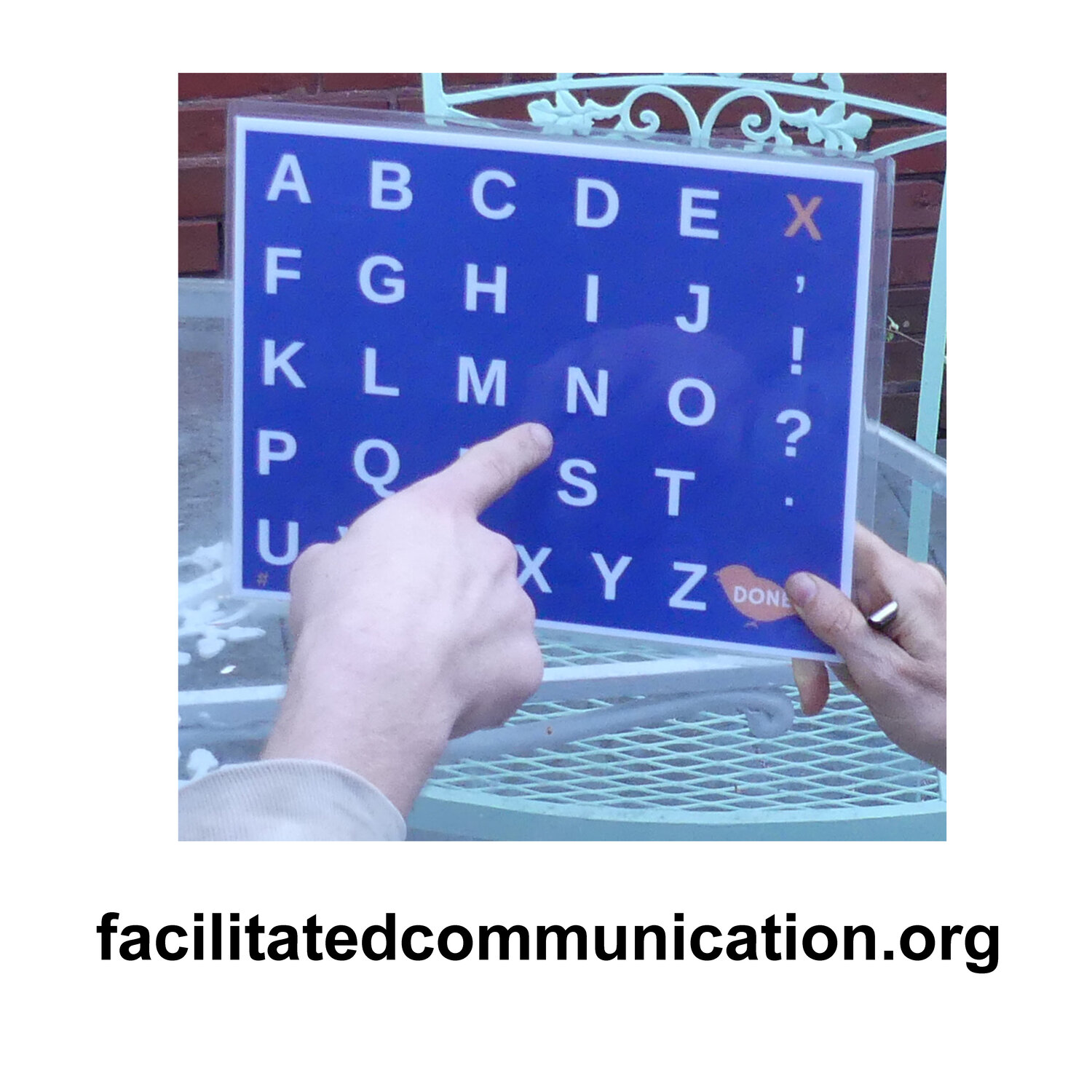From Eye Tracking to EEGs—anything but a simple message passing test
A trend among researchers who seek to validate FC as a legitimate means of communication is to:
avoid straightforward tests like blinding the facilitator, which probably won't produce the results they're looking for, and
instead try to dazzle us with technology, which may blind us to low-level design flaws.
One popular technology is eye-tracking software. One might use this, as Jaswal et al do, to try to establish that the owners of the index fingers that spell out messages on letterboards look ahead at the letters before pointing to them--purportedly an indication of authorship. Given that the boards are non-stationary and that many spelling patterns are predictable, such data is inevitably quite flimsy.
Another popular technology is electroencephalography (EEG). One might use this to try to establish that the brains of the index fingers' owners register signals that indicate that they comprehend what they're typing. This is where a lab at Cambridge University appears to be heading.
The lab is run by Dr. Alexandra Woolgar. Like Jaswal, Woolgar has actively collaborated with Elizabeth Vosseller’s FC group (I-ASC, the International Association of Spelling as Communication). Indeed, both Woolgar and Jaswal presented their respective research projects last summer at I-ASC’s “virtual picnic.”
For the moment, Woolgar et al are simply looking at general "comprehension." I put "comprehension" in quotes because it's not clear that they're measuring even that. As the I-ASC website explains:
In their experiments so far, children and adults listened to spoken sentences while the researchers measured their brain activity with EEG. The sentences ended either with a final word that makes sense (e.g. “there were candles on the birthday cake” –called a CONGRUENT sentence) or with a final word that is surprising and does not make sense (e.g., “there were candles on the birthday eye” – called an INCONGRUENT sentence). When the brain processes the unexpected word, it produces a bigger signal compared to when the correct word is played.
The problem is that it's quite possible to perceive "birthday cake" as a more familiar speech pattern than "birthday eye" for reasons that have nothing to do with comprehension.
Just as it's possible, via familiar spelling patterns, to look ahead in anticipation to the letter "H" after typing "T" for reasons that have nothing to do with message authorship.
If you really want to know whether a child understands the phrase “birthday cake”, instead of covering their heads with electrodes and painstakingly plotting out the data, why not simply ask them to point to the birthday cake?
After all, the one thing we know for certain about the children under investigation, these so-called “spellers”, is that they’re totally capable of pointing in response to questions.
Whether or not their pointing is meaningful is another question entirely. But the most reliable answer—whether or not we like it—will come from blindfolds and “point to” questions, not from eye-trackers and electrodes.

